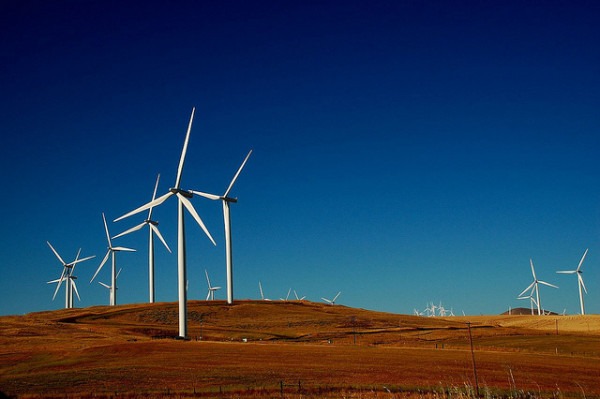Item Link: Access the Resource
Date of Publication: Januarty 10
Year of Publication: 2024
Publication City: New York, NY
Publisher: The New York Times
Author(s): David Wallace-Wells
In October, the International Energy Agency issued a brief flare of optimism when it suggested that global carbon emissions from fossil fuels may already have peaked.
The climate hopefuls have been looking forward to this turn for years. But a peak is not only the beginning of a decline, it also marks the highest point ever reached, and in what is not exactly a coincidence, the world’s largest oil and gas companies are these days almost printing cash. In 2022 the global oil and gas industry earned nearly $4 trillion, according to the I.E.A.’s Fatih Birol — two to three times as much profit as they made in previous years. That revenue would make the industry, if it were a country, the world’s fifth-largest economy, putting it just a few hundred billion out of third place. For 2023, in what counted as a down year, the five largest companies are expected to send more than $100 billion in dividends and buybacks to shareholders.
To many environmental activists, this looks like a moral abomination and to others a challenge for political economy to solve: how to disempower several of the world’s most successful companies.
Read the full article here.
The views and opinions expressed through the MAHB Website are those of the contributing authors and do not necessarily reflect an official position of the MAHB. The MAHB aims to share a range of perspectives and welcomes the discussions that they prompt.
